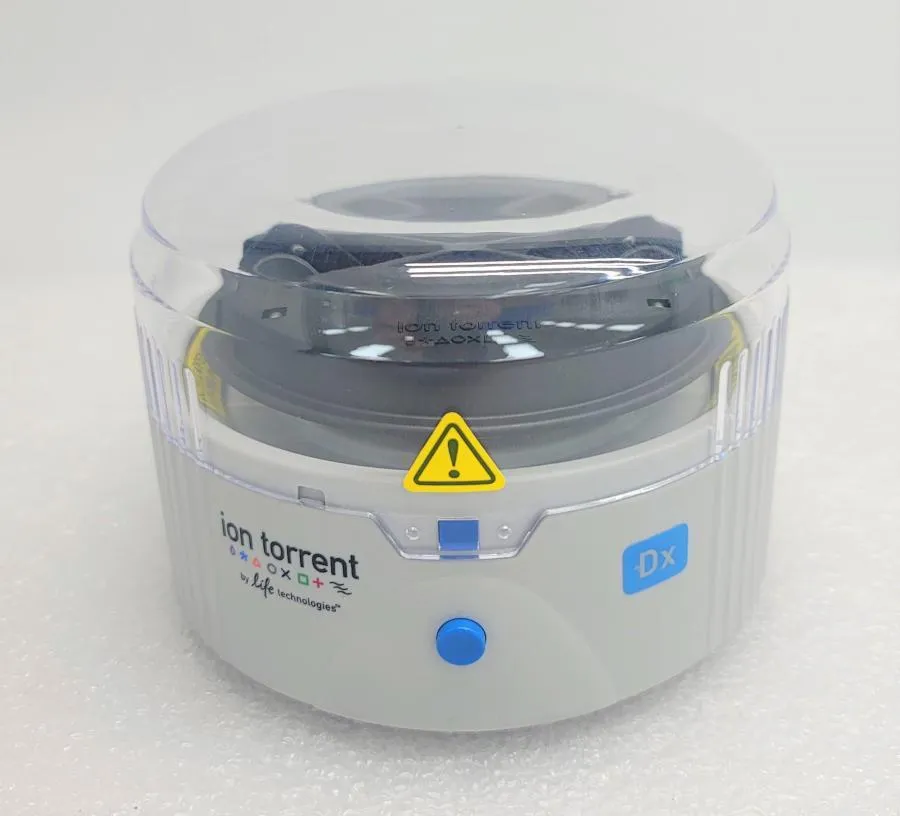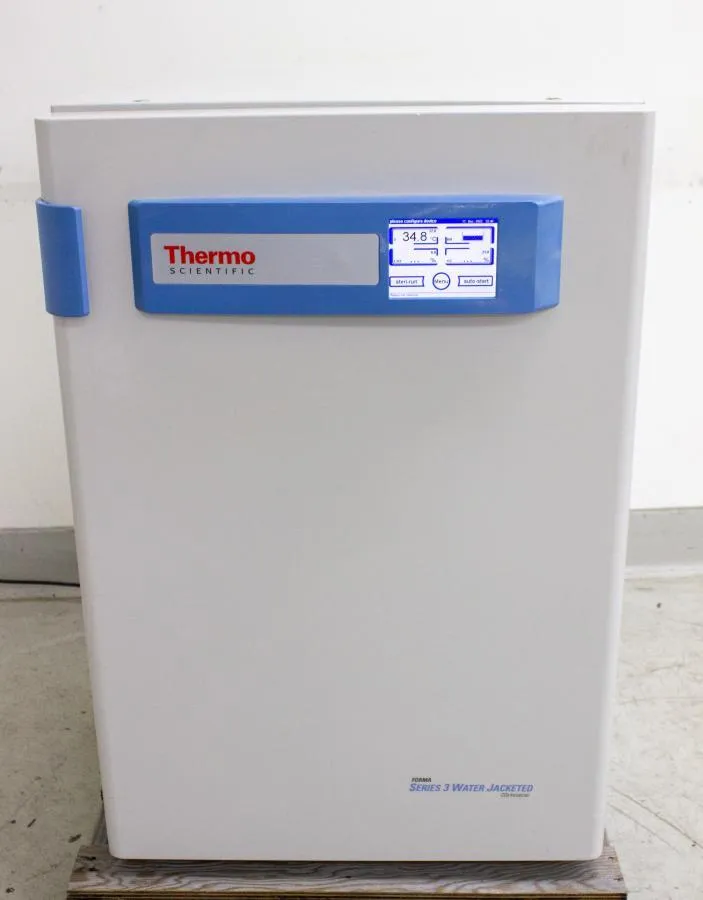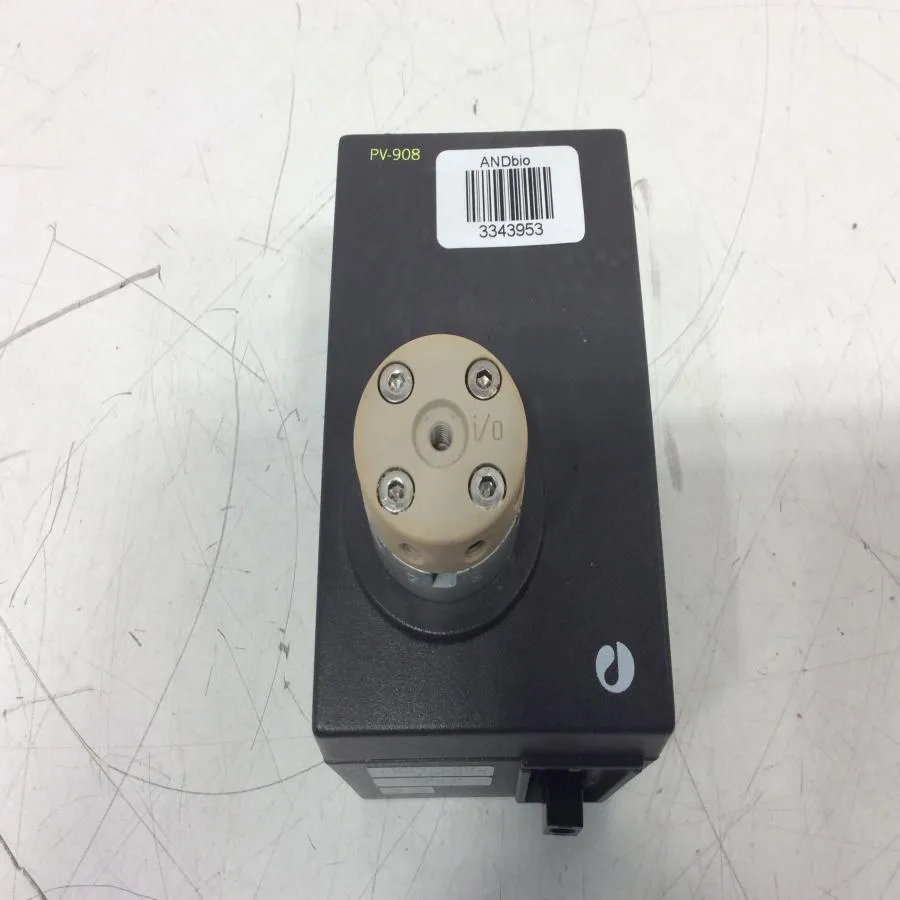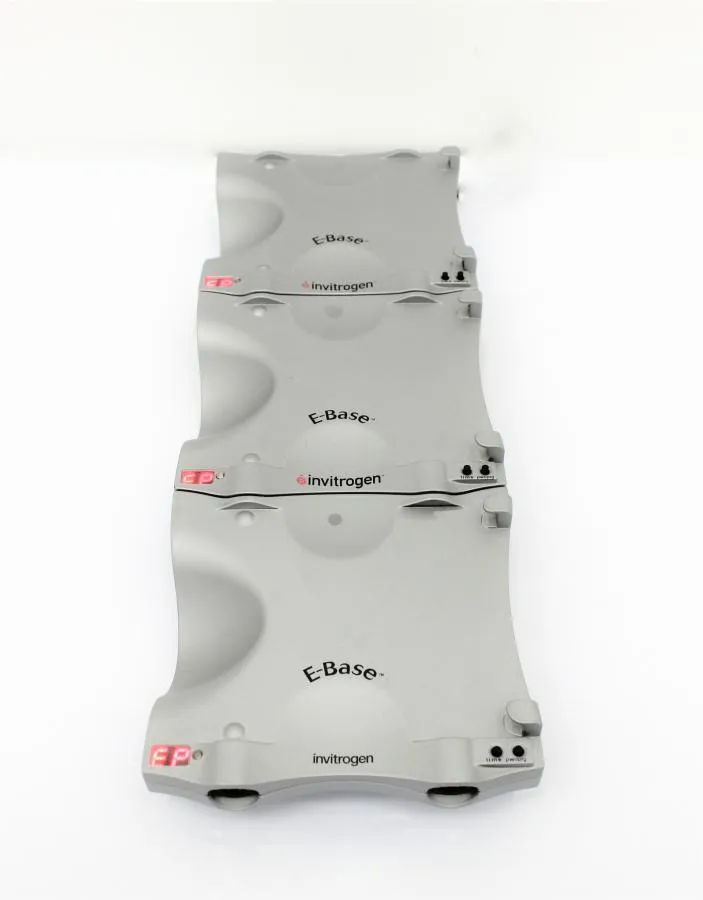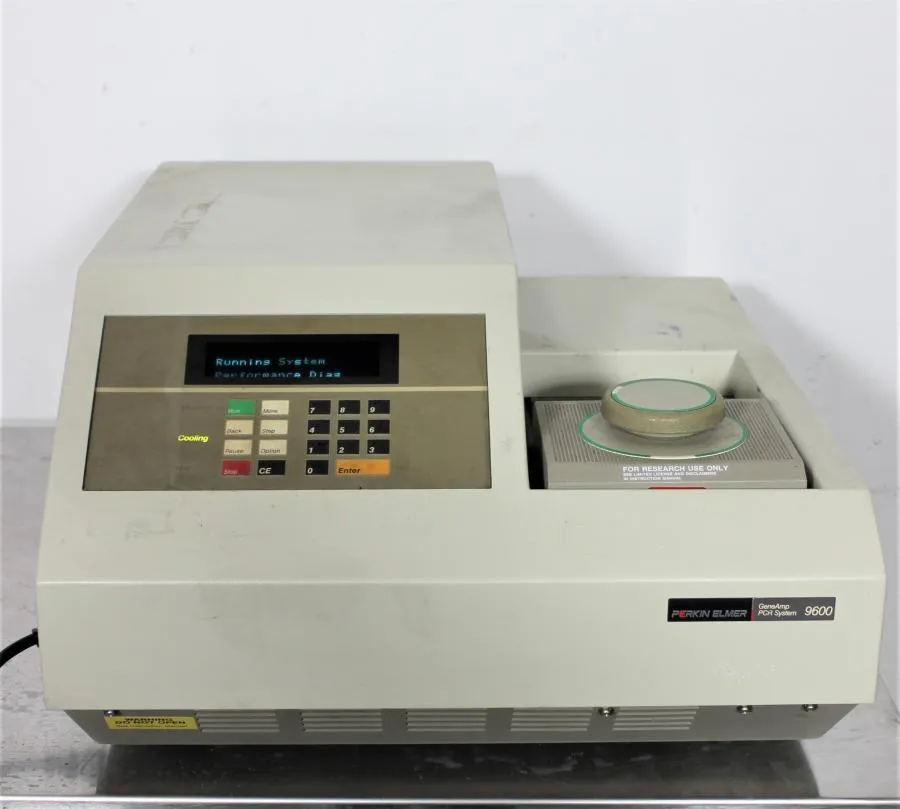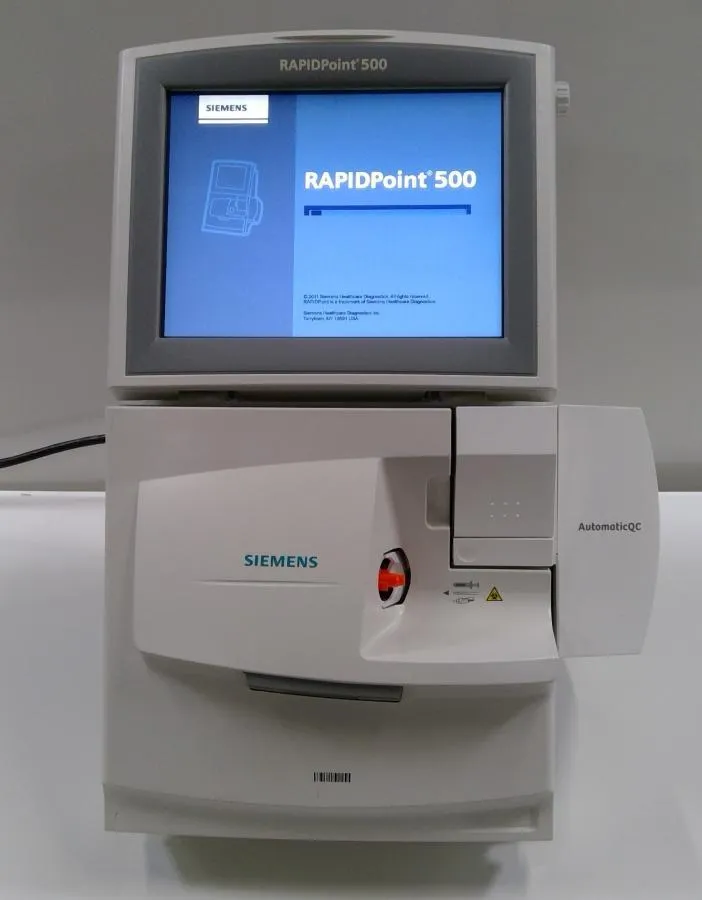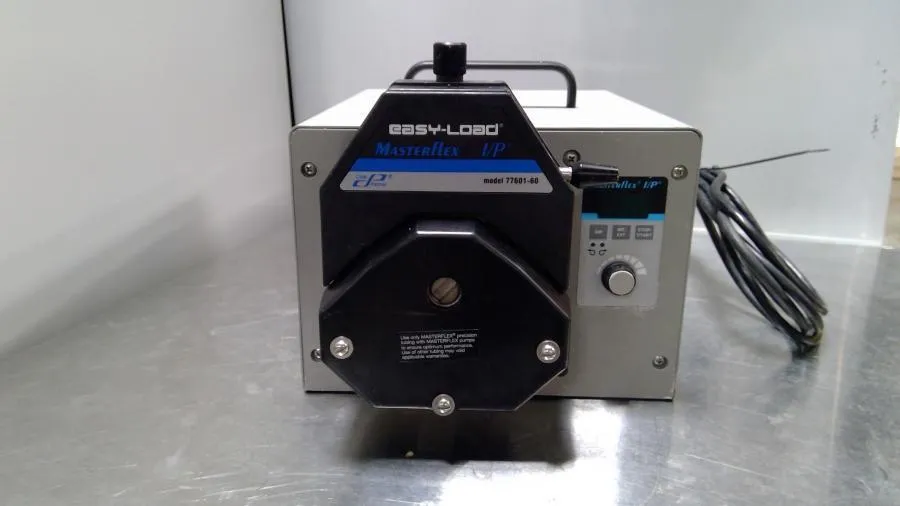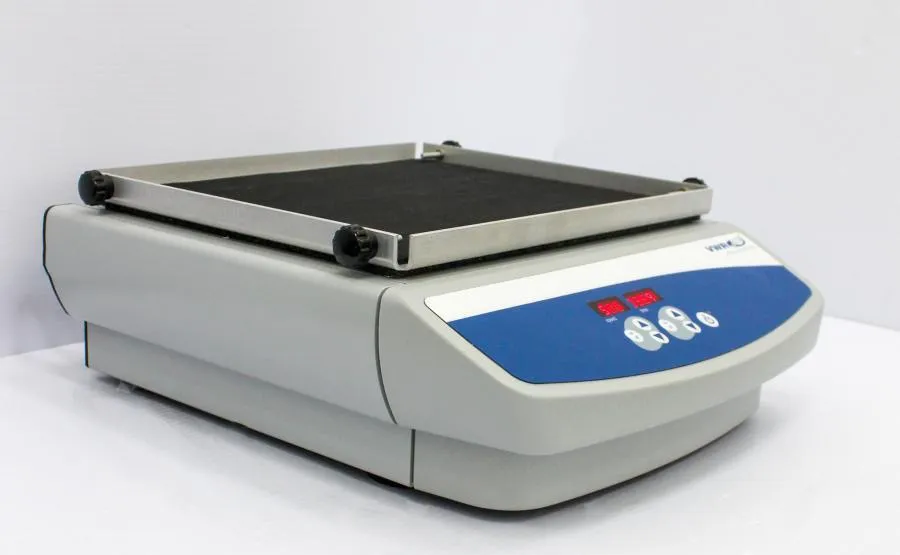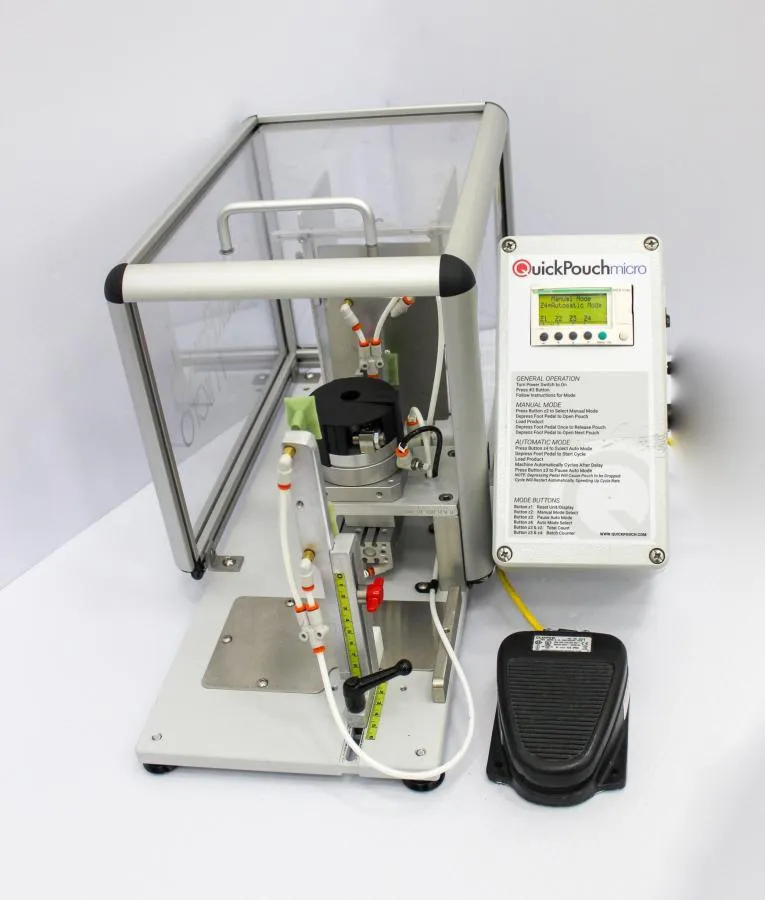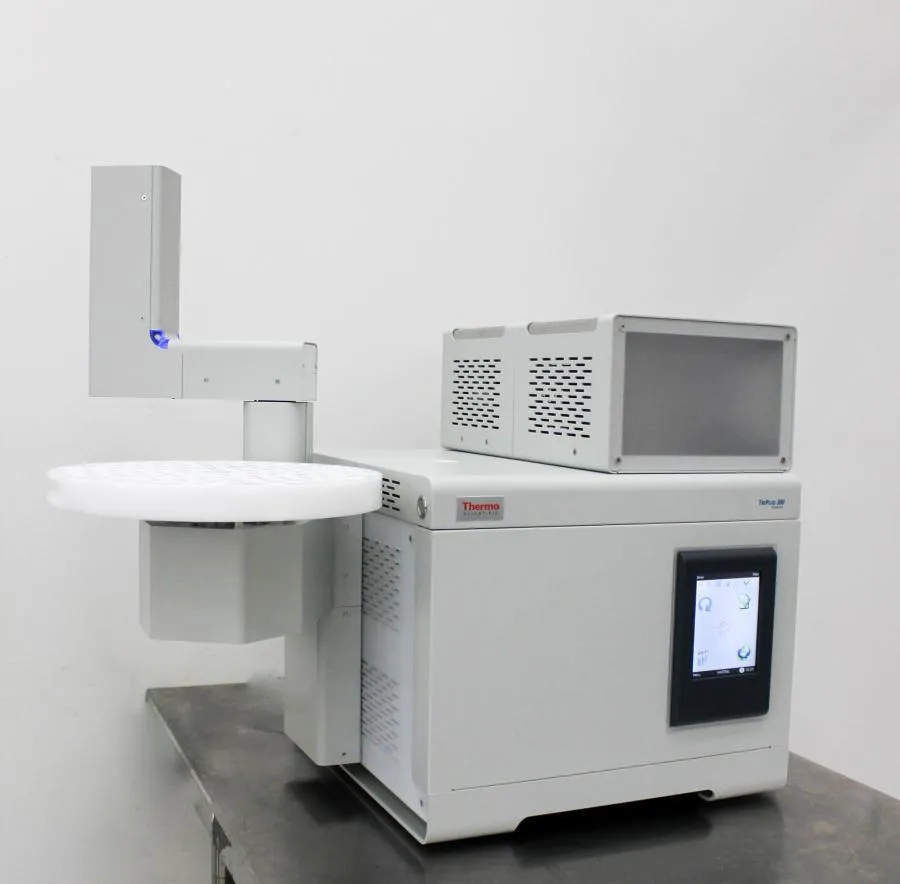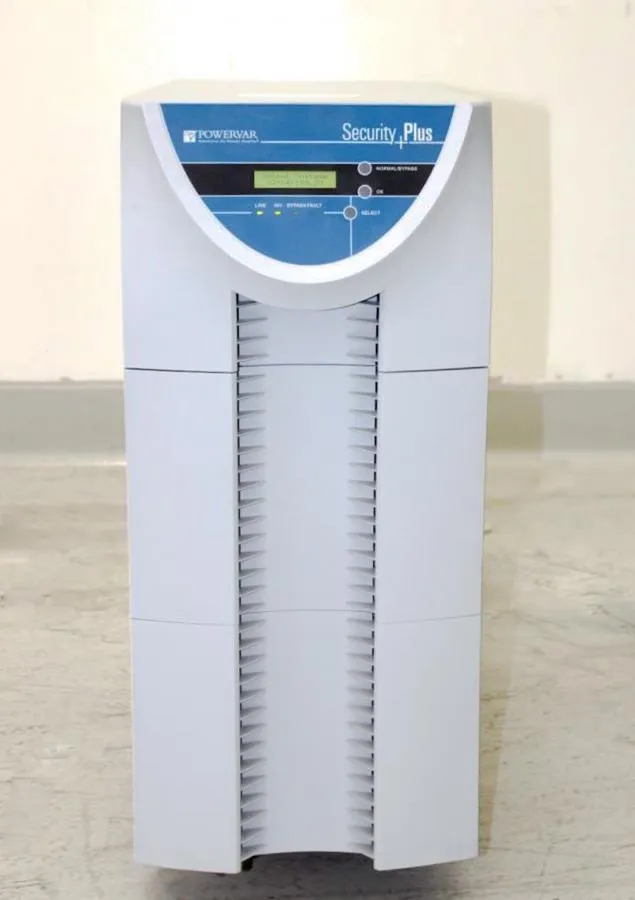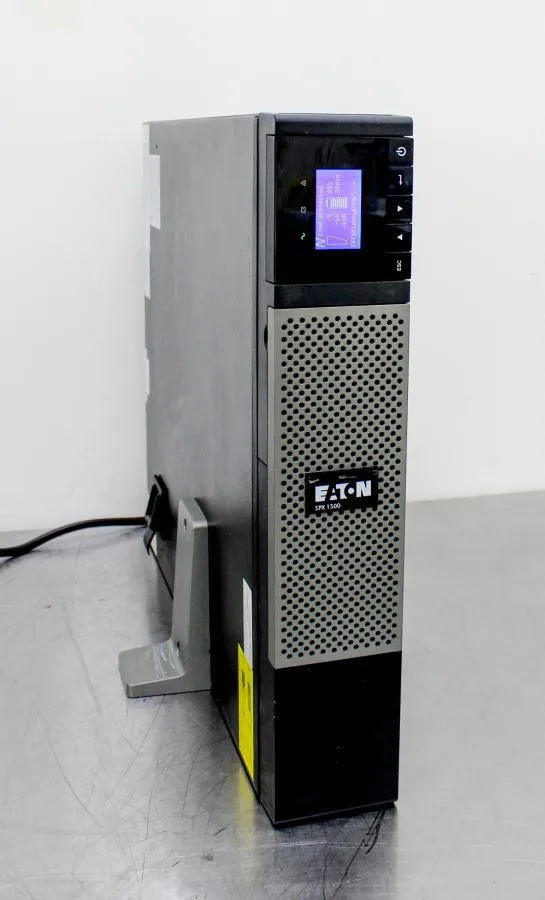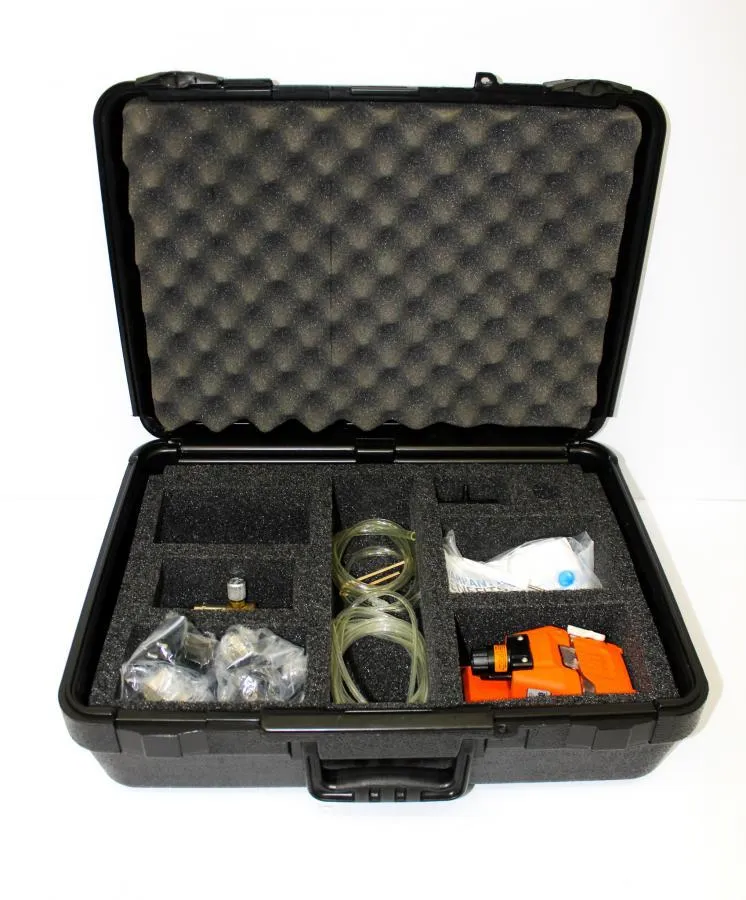
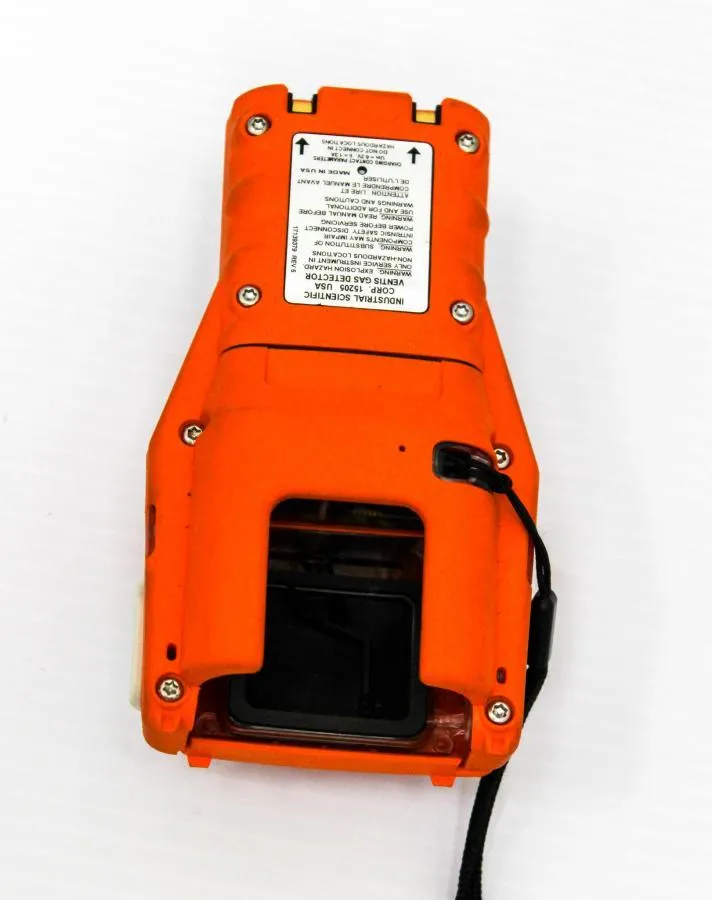
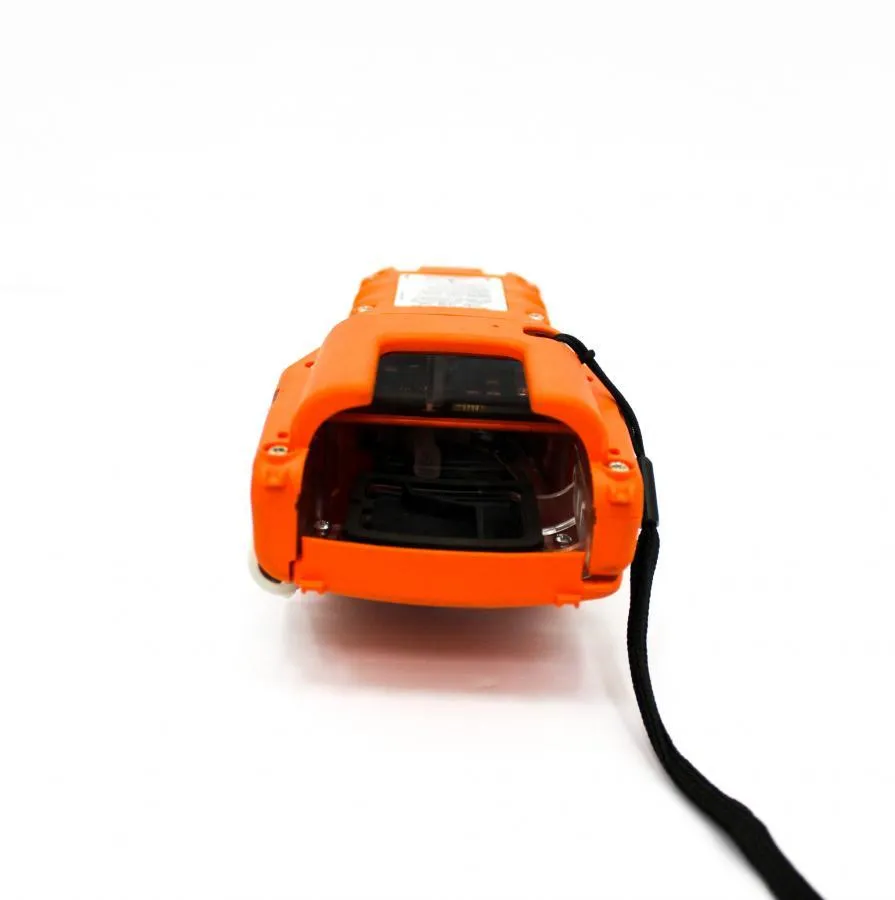
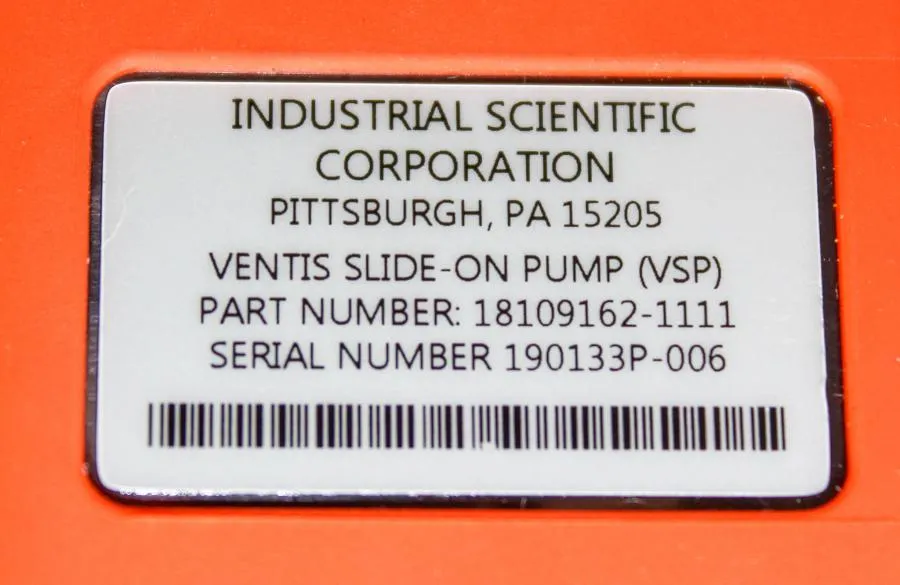
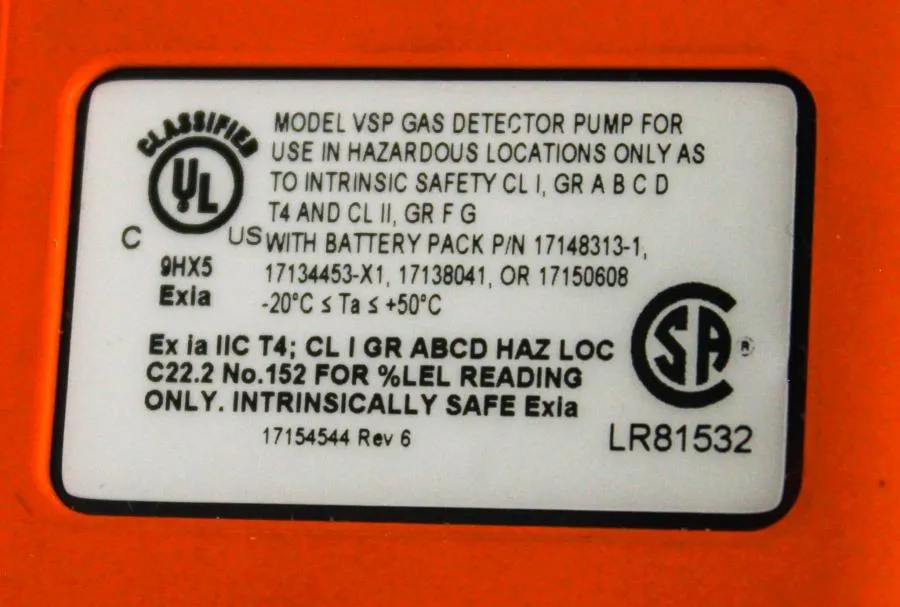
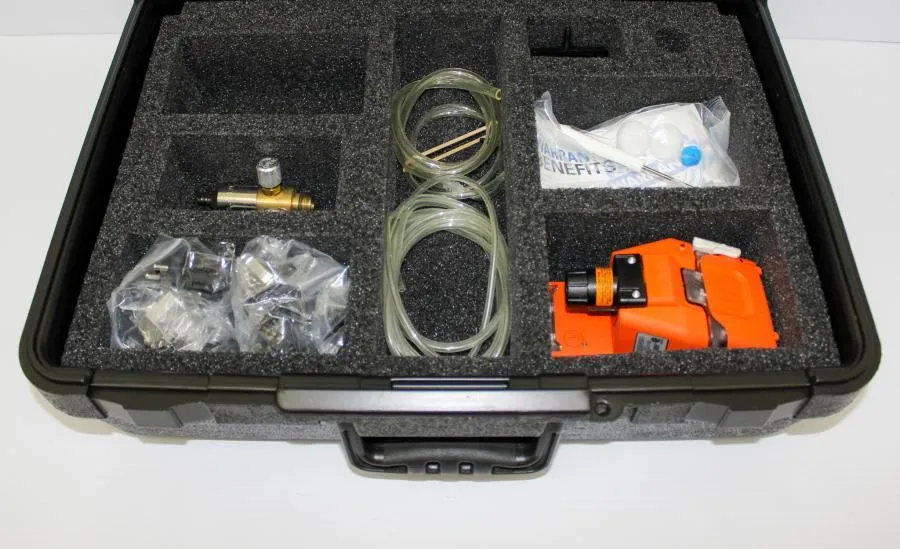
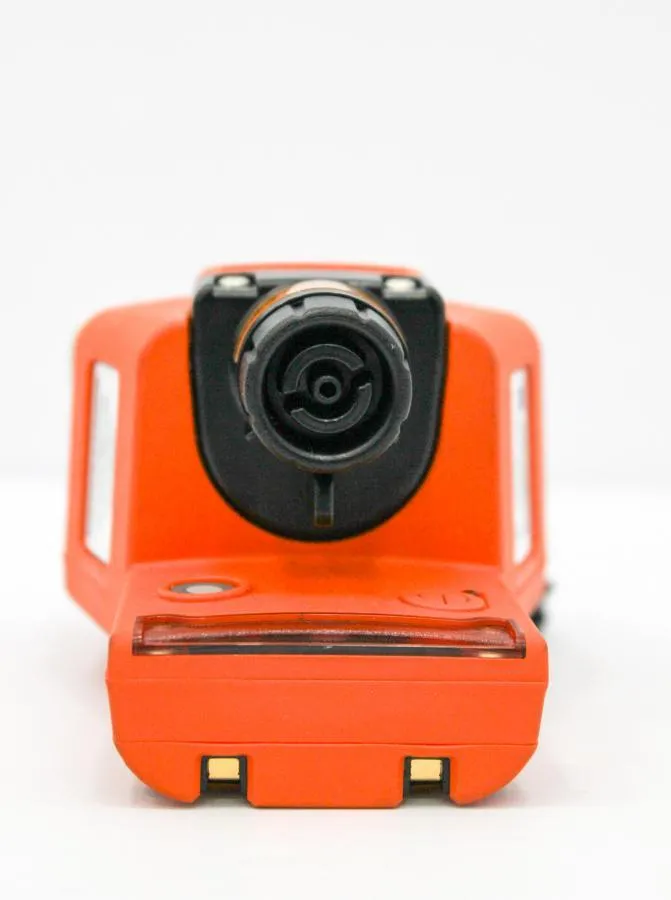
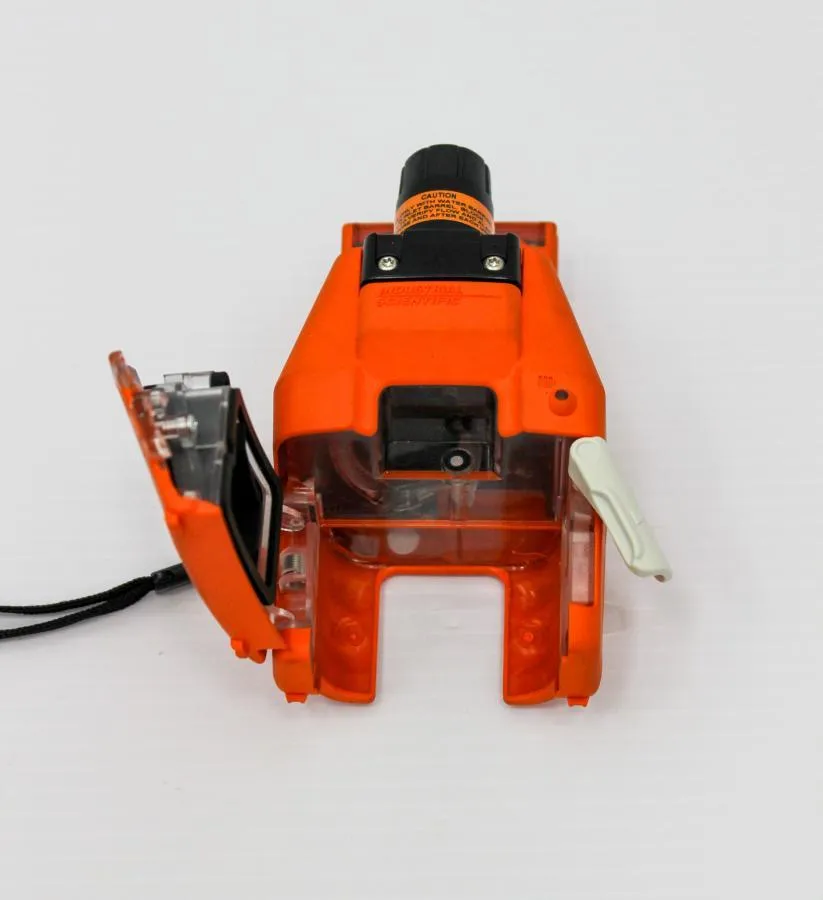
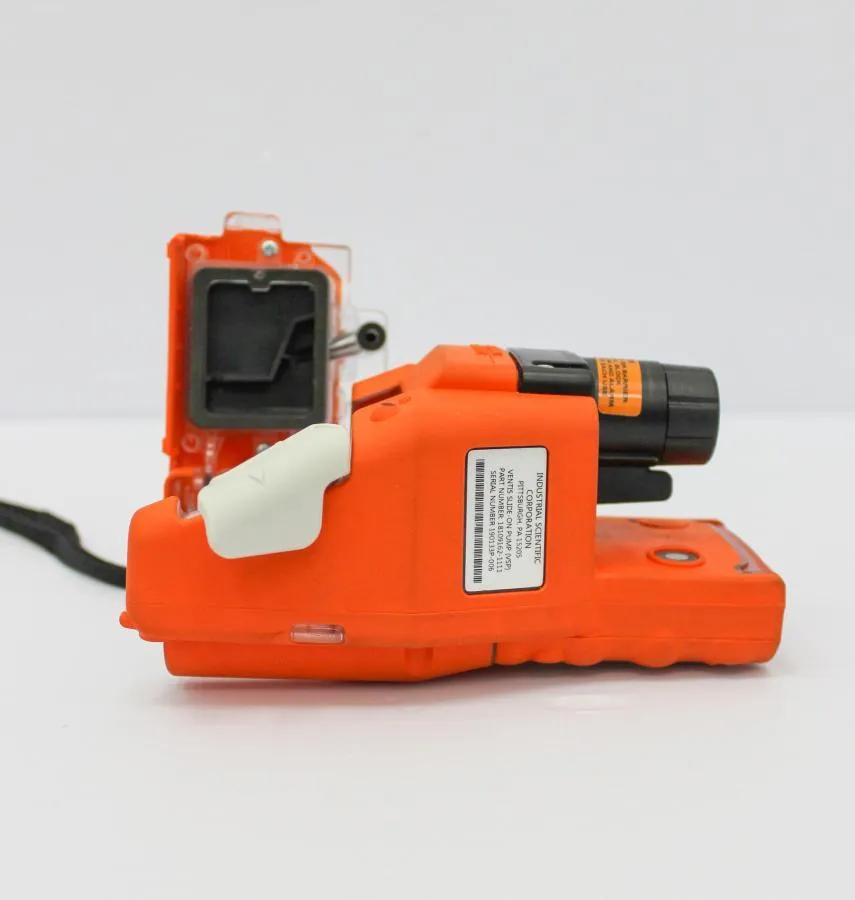
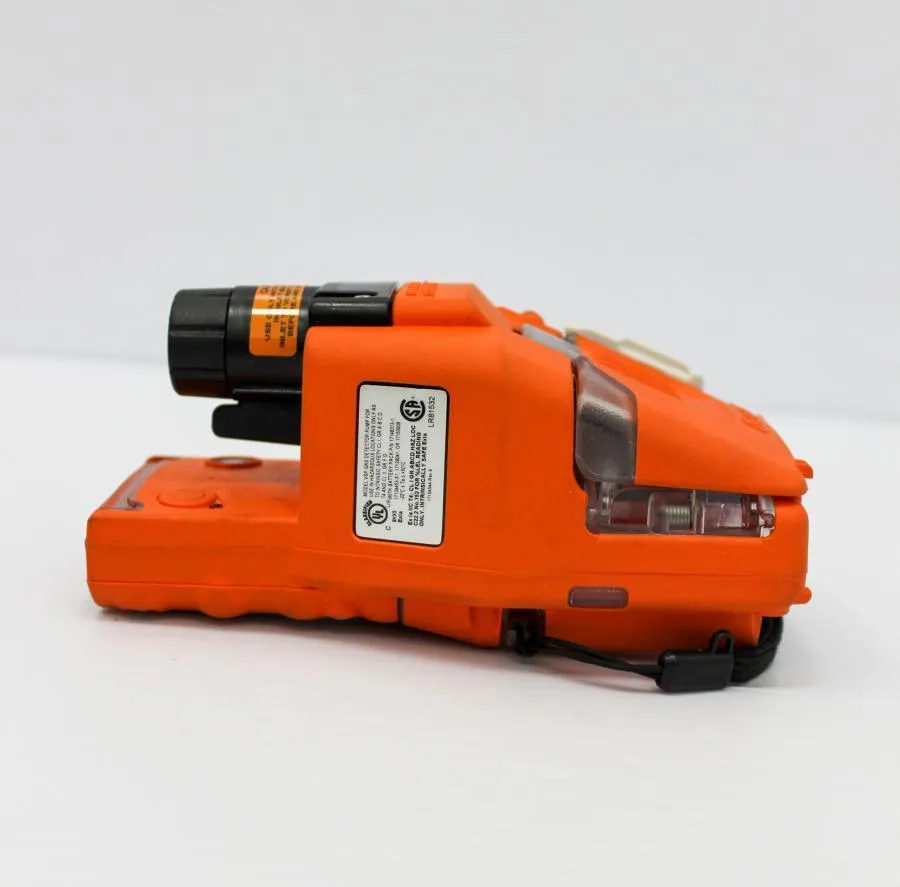
Industrial Scientific Ventis VSP as detector Pump
- Make Ventis
- Model VSP as detector Pump
- Serial 190133P-006
- Weight 11
- Working Not Working
- Warranty AS-IS
- Dimensions 26×22×14 in
- Shipping Type FedEx Ground
- Item Condition Pre-owned
Industrial Scientific Ventis VSP as detector Pump
**Unit in Case with accessories. Has missing Battery charge and the Instrument. Everything in pictures is included. See photos for further details.
The Ventis Slide-on Pump is an in-field attachable and in-field removable pump. This enables the use of a single compatible instrument for both personal monitoring (diffusion) and confined space applications. present unique dangers that workers must be prepared to handle. Despite tight regulations and technological advancements, permit-required confined space entry accidents and fatalities remain a problem. According to OSHA, confined spaces are responsible for around 200 deaths every year and 60% of those deaths are workers who were attempting a rescue. What is the key to mitigating the risk of working in confined spaces Confined spaces can be extremely dangerous—low oxygen levels, combustible gases, and toxic substances are just a few of the threats your workers may encounter within a confined space. Despite awareness, regulation, and technological advancements, confined space injuries and fatalities continue to occur.
Gas stratification in confined spaces is the way different gases settle in a space based on their weight in relation to air. The toxic gases that you may commonly encounter in confined spaces have a typical stratification pattern. For example, hydrogen sulfide (H2S) settles at the bottom—it’s a heavier-than-air gas. Carbone monoxide (CO), which is slightly lighter than air, tends to settle in the middle, while methane sits on top.
Testimonials
“REUZEit has been a great partner for our used equipment needs and always provide timely updates of new arrivals of consigned equipment.”
“Great company to work with. Tammy completed our first international equipment shipment with ease.”
“Fast response, open to adjusting schedule as needed, and great customer interaction.”
